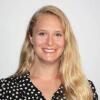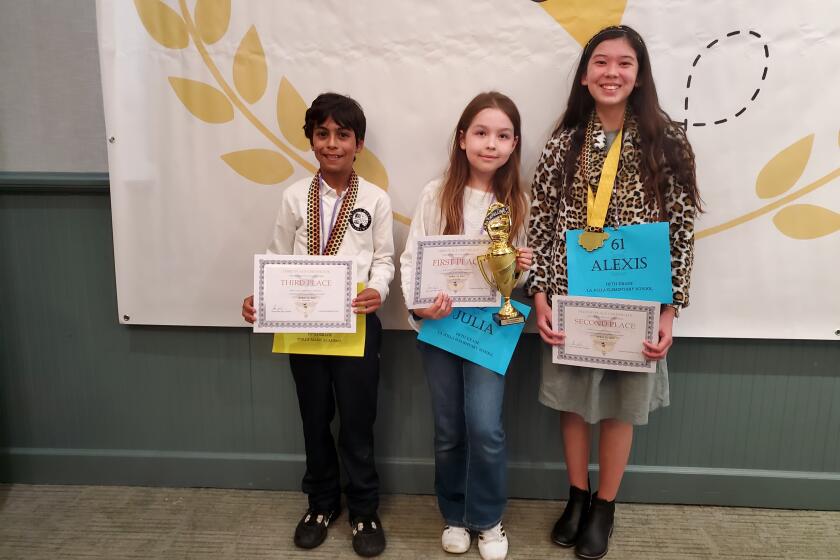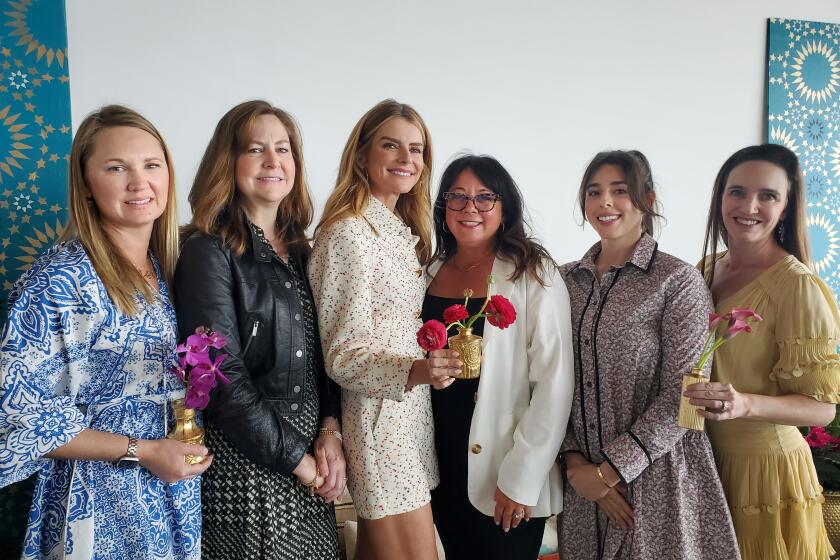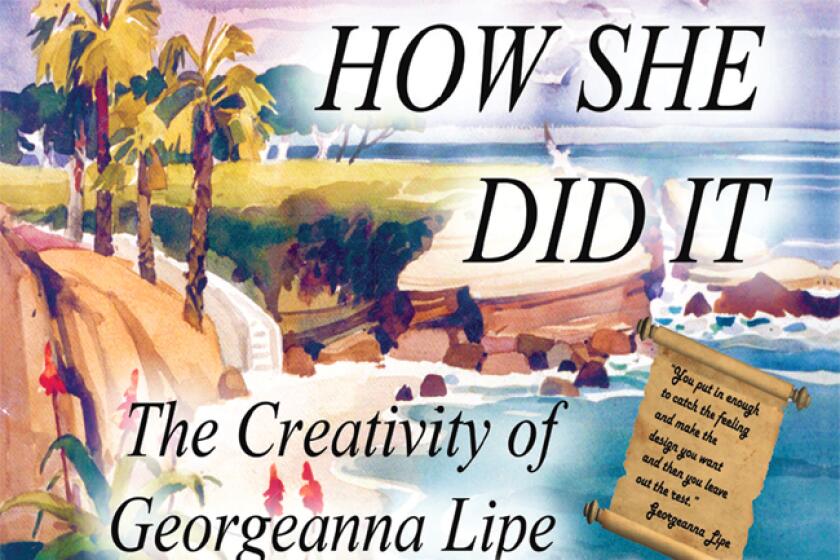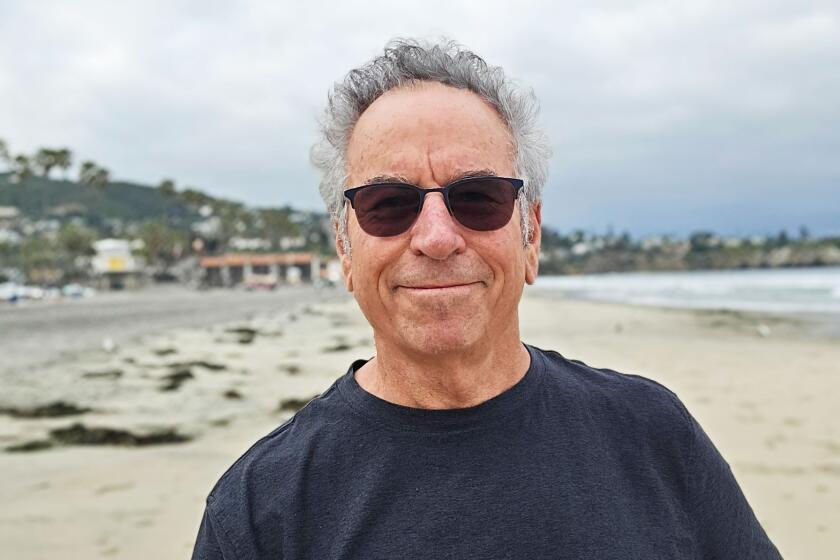On the BioMed Pathway: La Jolla High program offers students hands-on career insight
The first group of seniors set to complete the BioMed Pathway program at La Jolla High School are filtering into area labs and research facilities to gain hands-on experience reflective of their advanced biomedical studies.
The Pathway, which has different iterations in a handful of schools, is a four-year commitment wherein students pore over specific fields of medical science, in depth, that piece together at the end of their high school years. The Pathway started three years ago, with a dual class of freshmen/sophomores, some are now seniors.
“The goal, at least for me,” said teacher Rachel Tenenbaum, “is for the students to see that a career in medicine is not just about being doctors, but entering specific fields and being people that support the different medical fields in research and technical capacities. It’s about how to do research and looking at the tools of the biotech industry. I’d love it if my students could leave here and be able to work in a lab during their higher education or have the research techniques to get a job in a lab facility as a research technician.”
As for how this series differs from the standard four years of high school science courses, she explained: “It builds on students’ science knowledge, not just in medicine, but in research, and emphasizes career options ... it doesn’t have a textbook, it’s reliant on projects, speakers and research.”
The four courses, in order, from freshman to senior year, are: Principals of Biomed Science, Human Body Systems, Medical Intervention and Biomedical Innovations.
And from the start, it’s basically CSI: Classroom.
Tenenbaum explained that the students start their Principals of Biomed Science with a “crime scene.” They look at one autopsy case study and apply the skills they learn throughout the year to determine how that person died.
“They learn bio-chemistry, nutrition and genetics to determine if it was a natural death, or whether it is a crime scene,” she said. “Right now, we’re working on the heart, so students did a dissection of the heart and learned how to do an EKG. They learn other techniques, too, such as gel-electrophoresis, which is how you determine DNA matches.”
At the end of the year, the students consider all they’ve learned to determine how the person died.
And that’s just in ninth grade.
In sophomore year, students focus on the human body systems and how they work together, with more case studies and dissection/examination of individual organs.They dissect an eyeball one day, devote another day to dissecting a kidney, and inflate cow lungs on another day. This is the only class not taught by Tenenbaum; it’s taught by Aaron Quesnell.
By junior year, the students learn how to diagnose certain ailments, how medical tests have evolved and explore different therapies.
“We task them with finding patient zero for a certain condition, and then they determine how to diagnose the person and how to help them. One question is, How could you make more insulin for a diabetic person? They look at how it was originally done and how it is done today. We look at gene therapy, cancer, etc.” Tenenbaum said.
By senior year, rather than hypothetical case studies, the students enter the real world. The first half of the year, they engage in research projects and the second half, in lab internships. “It’s been super exciting getting them out there. This is the first year with the interns out in the field, and I have 17 students in internships … it was hard to place them all,” Tenenbaum laughed.
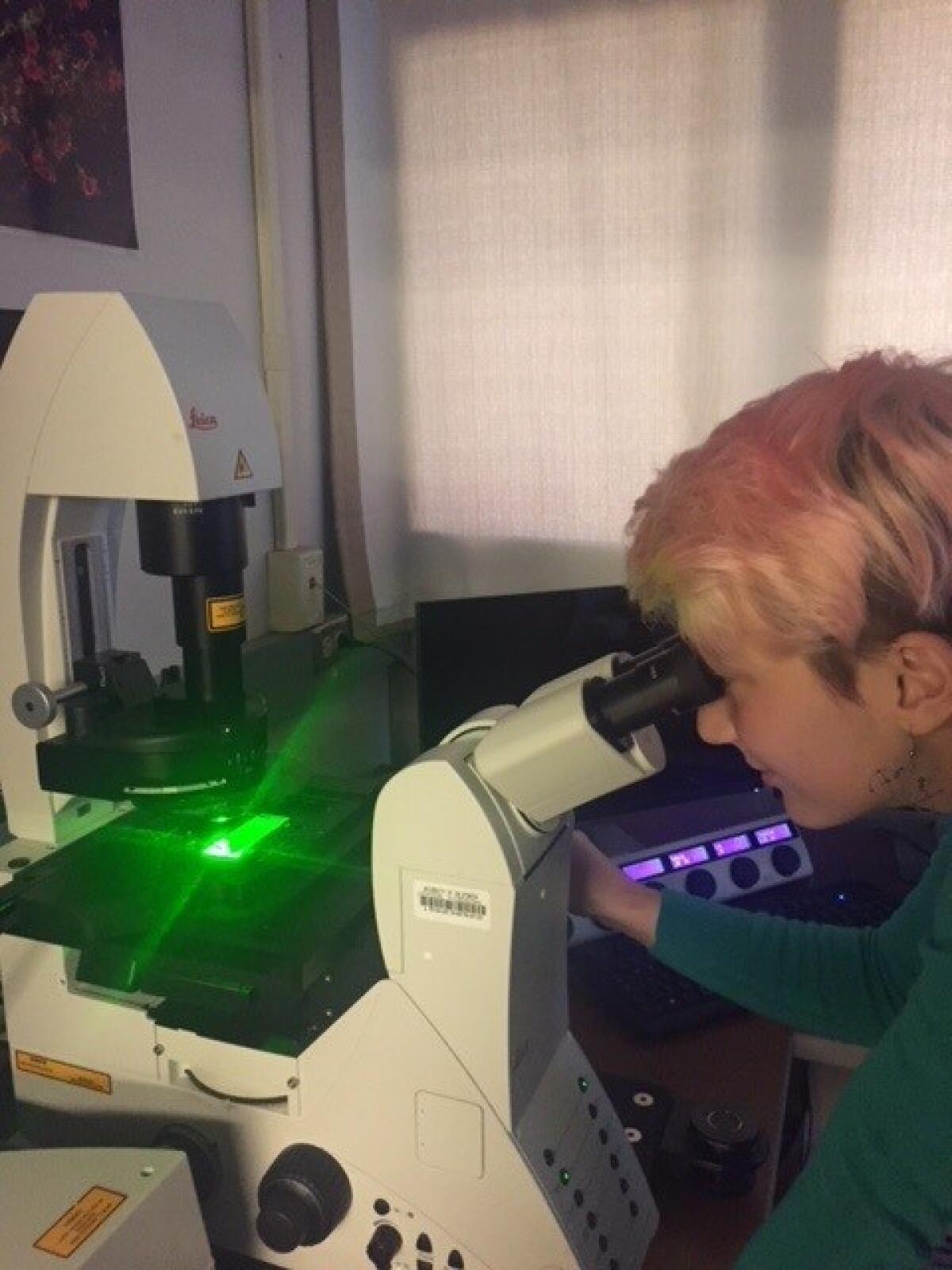
Partners in these internships include Fertility Specialists Medical Group, Inc. and San Diego Center for Reproductive Surgery, the Department of Anesthesiology at UC San Diego, and the Salk Institute for Biological Studies. (Note: Those with internship opportunities in appropriate, applicable fields are welcome to contact Tenenbaum at rtenenbaum@sandi.net)
One of the Pathway partners is Brian Head, a research scientist in the Veterans Affairs San Diego Healthcare Systems and associate professor in the UCSD Department of Anesthesiology. His focus is using gene therapy to improve neurological function and he’s trying to regrow neurons in the brain and spinal cord.
Head’s experience with his two Biomed Pathway students has been positive. “The students I have arrive on their own and are very ambitious,” he said. “I’m very impressed by how independent they are; they are more advanced than I was at their age. They pick up things faster than some undergrads.”
He said he tasked them with looking for certain proteins associated with gene therapy.
“They would look for changes in these proteins and looked at neuro-anatomy to see if the gene was having a growth affect. They’re learning the techniques,” Head said. “A lot of education is theory-based, so seeing the experiment makes it tangible and they ‘get it’ more. Through this exposure, they can decide to pursue a career in science or health science or discover it’s not for them.”
Biomed Pathway junior Carmen Ramirez, who said she’s looking forward to an internship next year, has been with the program since its onset. She takes the classes in addition to her regular science classes.
“I was taking biology with Mrs. Tenenbaum and loved it,” Carmen said. “She’s a great teacher and makes the whole program worth it. I see it as a great opportunity. I was interested in the medical field before, but the medical field is huge. From the speakers to all the activities here, I learned so much about career options.
“We had a speaker who was an IVF specialist. I thought I wanted to be an OB/GYN, but when I learned about how this field is connected to that, and how you get to where you want to get without 12 years of medical school (I’m reconsidering). Everything we do is amazing, and if you’re interested in the field, this program provides so much knowledge you wouldn’t get otherwise.”
Get the La Jolla Light weekly in your inbox
News, features and sports about La Jolla, every Thursday for free
You may occasionally receive promotional content from the La Jolla Light.
